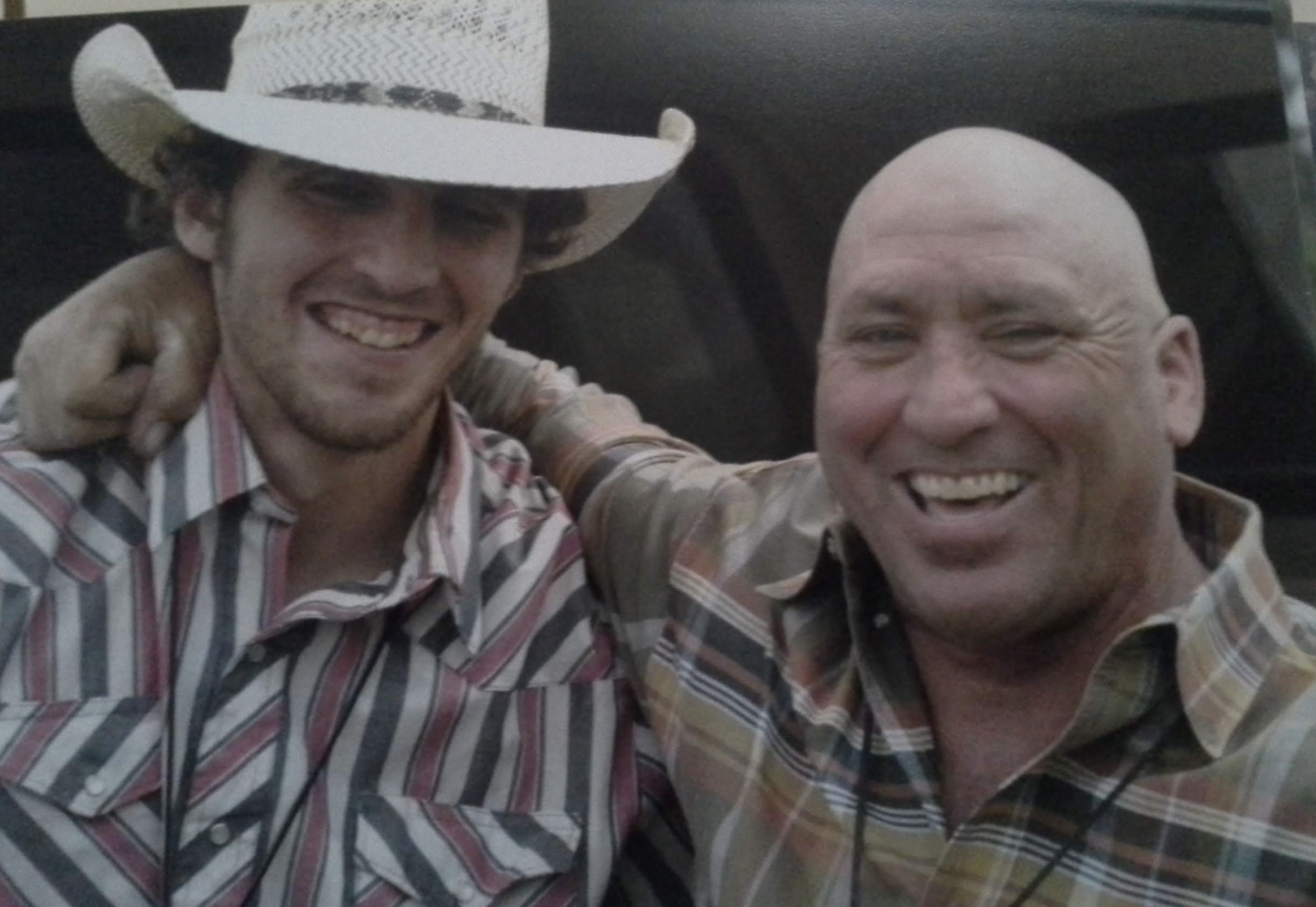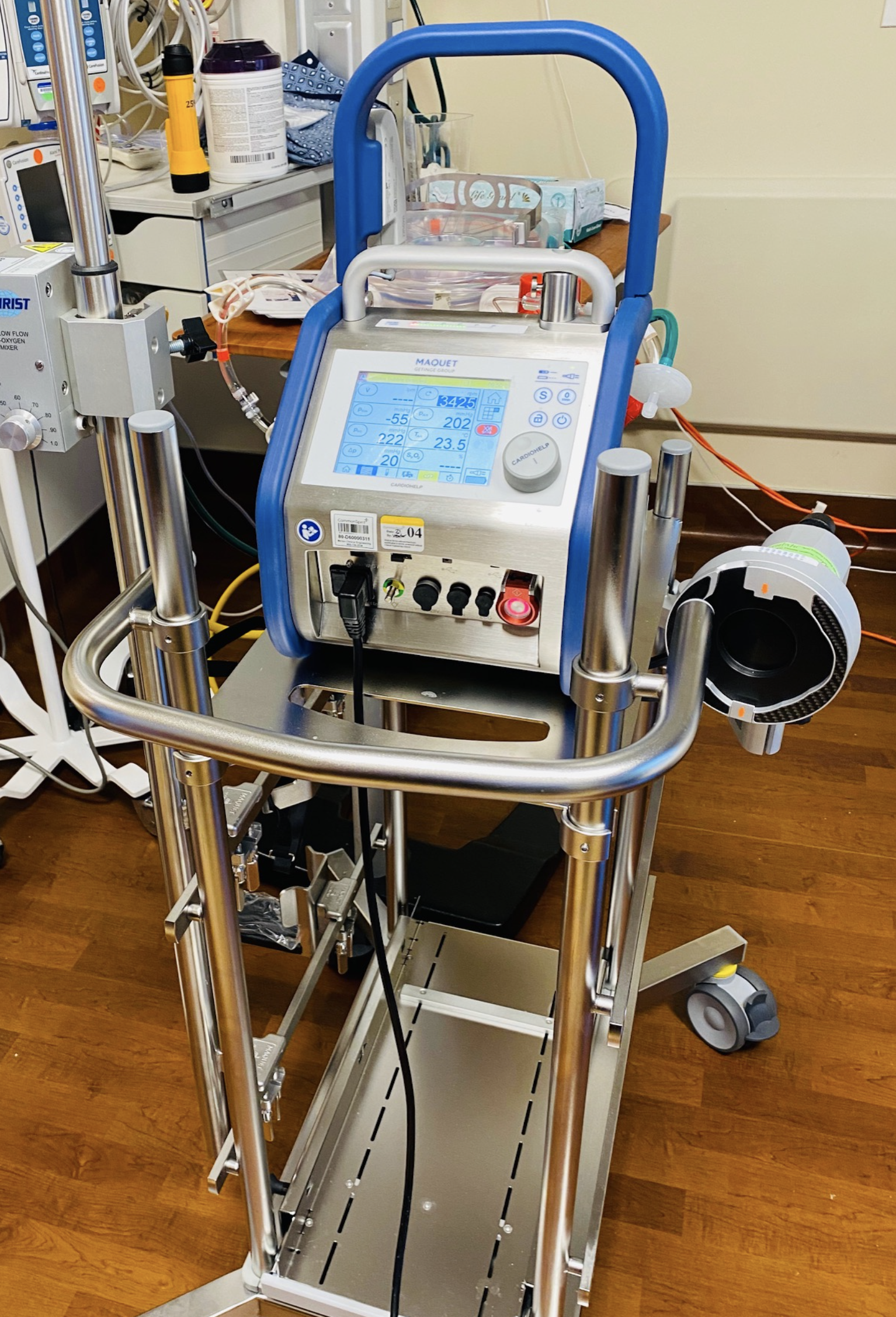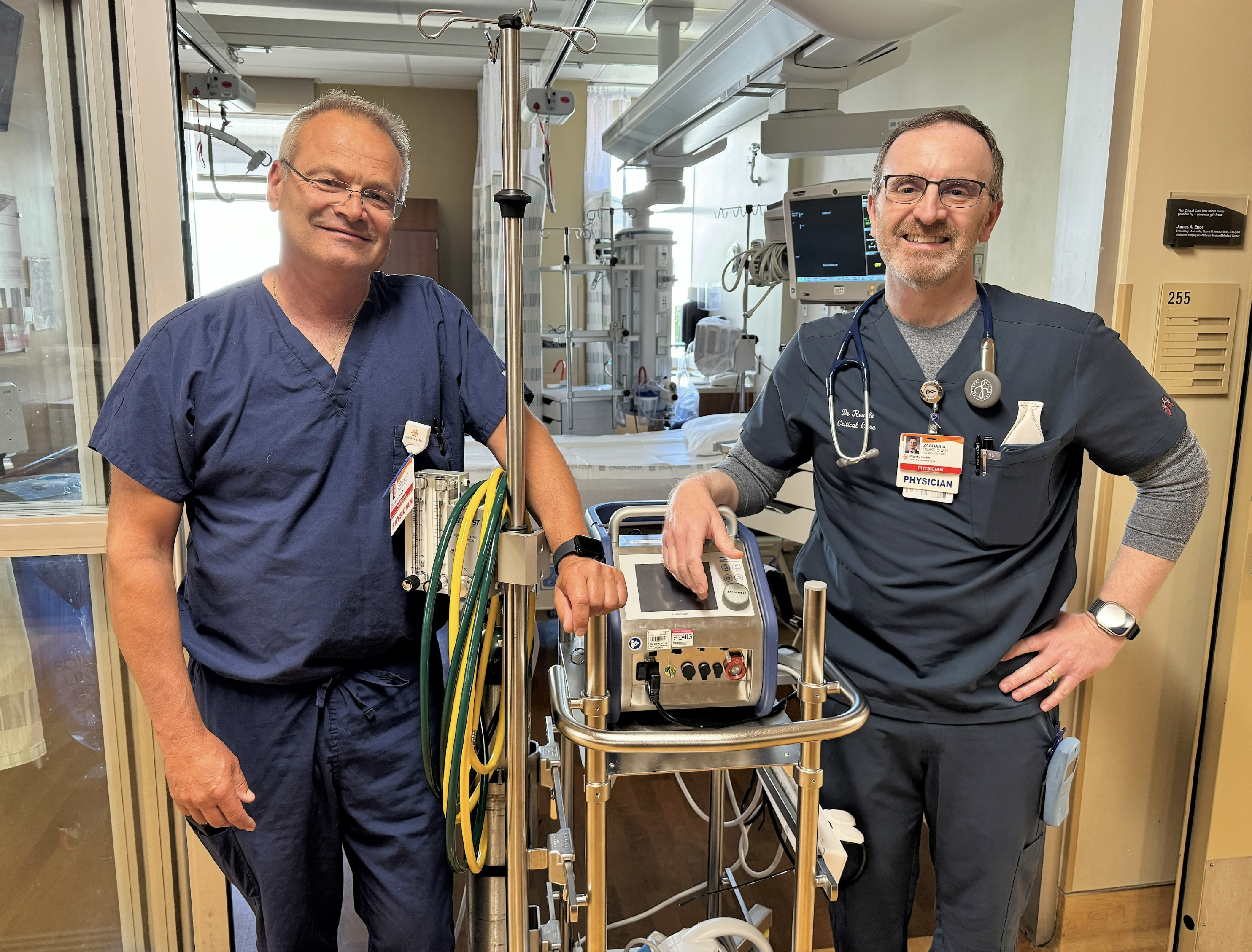
‘We are ready to take care of anything at anytime’
Marian Regional Medical Center has the only Level II Trauma Center within 100 miles and why it matters
Marian Regional Medical Center in Santa Maria is an award-winning hospital with a Level II Trauma Center.
Many won’t understand the value of a trauma center until someone they love experiences an incident and needs that extreme and immediate level of emergency care.
Being a Level II Trauma Center means that Marian is equipped with 24-hour access to trauma surgeons, anesthesiologists, and all the medical experts specializing in emergency resuscitation, surgery and intensive care. And Marian is the only Level II Trauma Center within a 100-mile radius and, when every second counts, it makes a difference.
That day in November

Santa Maria resident Danny Stoneburner learned first-hand about Marian’s incredible Trauma program and is thankful he lived to tell about it.
November 9, 2023 started out as a fairly typical day for Stoneburner.
He was working alone on Suey Creek Road, about 15 miles east of Santa Maria, cutting wood in the backcountry that surrounds Highway 166.
Stoneburner drove his Ford F-250 up a hill and put the four-wheel drive truck in park. Suddenly, as he was exiting the vehicle, the truck jerked into neutral and started to roll downhill.
Acting on instinct, Stoneburner clung to the steering wheel, doing what he could to prevent himself from getting caught under the truck that weighs several tons.
Then the unimaginable happened. When the truck careened over a ditch, Stoneburner lost his grip and fell under the truck – a front tire rolled over his chest.
The truck stopped, but Stoneburner says part of his body was still caught under the weight of the vehicle. He garnered the strength to free himself and get out from under his truck.
Stoneburner then fought to save his life: He would need to drive that very truck to the hospital.
First he had to remove barbed wire and a fence post to free the vehicle. He got in and drove the 15 miles to Marian Regional Medical Center, with its Level II Trauma Center.
Once there, “I pulled up in the valet parking area and don’t remember anything else after that,” Stoneburner says now.
Life-saving treatment at MRMC

The Santa Maria native spent nearly a month at Marian, where the emergency department and trauma staff, and the only ECMO program in the region, likely saved his life.
Marian’s Trauma Program Director, Dr. Lars Ola Sjoholm, treated Stoneburner, 64, when he first arrived at Marian, where Stoneburner underwent multiple emergency surgeries and spent five days on an ECMO machine.
“He deteriorated quickly in the emergency room and he had to go to the OR for abdominal surgery. He was bleeding in his abdomen,” Dr. Sjoholm says. “He had some other injuries to his chest wall as well. There were multiple intra-abdominal injuries.”
After surgery, Dr. Sjoholm says Stoneburner’s condition began to worsen from a respiratory standpoint.
“He became severely hypoxic,” Sjoholm says. “He went into something we call acute hypoxic respiratory failure, with the speed and to the degree that a regular ventilator wasn’t giving him enough support. In a situation like this, the only thing that could save him is this machine – the ECMO.”
MRMC team deploys ECMO
The Medical Director of Marian’s Critical Care Unit, Dr. Zacharia Reagle, leads the ECMO program at the hospital. ECMO stands for “Extracorporeal membrane oxygenation.” In this instance, the ECMO machine replaced Stoneburner’s lungs, oxygenating his blood for him while his lungs could not.

“It’s difficult to put into words how valuable this machine is,” Dr. Reagle says of his ECMO “circuit.”
Dr. Reagle distinctly remembers how dire Stoneburner’s case was.
“I’ve been in medicine in one shape or form since I was 19 years old. There are a few memories I have in my mind that are very vivid – and this is one of them,” he says.
Marian has two ECMO machines, with one serving as backup if the other is in use. On the day Stoneburner arrived at the hospital, Dr. Reagle says, one ECMO was in use and the backup was already primed, meaning Stoneburner was able to get on the ECMO machine rather quickly.
“Usually it can take a few hours to get the perfusionist in here – generally when I want to deploy ECMO it can take 90 minutes to three hours before we can do it,” Dr. Reagle says. “But we had a patient on ECMO at the time and we had a perfusionist standing right here.”
In room 255 of the Critical Care Unit, Dr. Reagle made the call to get Stoneburner the life-saving treatment he needed.
“I was standing in that room, right there, looking at the ventilator,” he said. “I had maxed out everything I knew about the ventilator – his oxygen was in the 70s – and I glanced over here and this (ECMO) circuit is sitting there primed. I told myself, ‘I’m not going to let this man die with a primed circuit sitting right there.’”
Dr. Reagle says he gave a call to Marian’s Chief Nursing Executive, Candice Monge, requesting a third ECMO circuit to act as a backup while two would be in use.
“She said, ‘OK, I’ll get a third circuit,” Dr. Reagle says.
Time was running out when Stoneburner was placed on the ECMO machine, Dr. Reagle says.
“His O2 was terrible. His heart was trying really hard to stop, but as soon as we put the cannulas in and got him on the circuit, his oxygen level went to 100, his heart stabilized and everything was beautiful. Everything got better right there,” Dr. Reagle said.
“There’s no doubt in my mind that that man would be dead. He wouldn’t have survived 30 minutes longer.”
Stoneburner was on ECMO for five days, allowing his lungs to rest and heal, leading to his eventual recovery.
How did the ECMO program start at Marian?
ECMO technology arrived at Marian thanks to the philanthropic support of the Mark and Dorothy Smith Family Foundation in March 2021 – mainly due to its treatment for critically-ill COVID-19 patients.
When patients receive ECMO treatment, their blood flows through tubing to an artificial lung in the machine that adds oxygen and takes out carbon dioxide. Then the blood is warmed to body temperature and pumped back into the body.
Marian is the only hospital in the region with this advanced life-saving equipment, mitigating the need to travel for care.
The ECMO technology at Marian became a reality due to a $260,252 donation from the Smith Family Foundation in 2021.
The donation was inspired by Santa Maria COVID-19 survivors Louis and Melissa Meza.
Dr. Reagle says the nearest hospitals with ECMO programs are in Santa Cruz, Fresno, and Los Angeles.
Now in recovery
“I am very lucky, someone was looking over me pretty good,” Stoneburner says now.
Stoneburner, who’s known as a bit of a cowboy for his love of horses and the rodeo, is now in recovery, going to physical therapy and working on getting back to full strength.
Stoneburner was transferred from Marian on Dec. 4, 2023 and went to a long-term care facility. He has since been discharged back home to Nipomo, where he lives with his girlfriend Rachel McGuire.
“This was really hard on her,” Stoneburner says of his partner, Rachel. “I was only told what happened, she had to live through it.”
Stoneburner said he was hoping to get back to work as a roll-off truck driver for Waste Management. He also hopes to be able to resume some of his favorite pastimes: fishing and hunting.
“Hopefully we’ll get back to our regular routine,” he says.
This wasn’t the first time he’s been cared for by Marian staff. Stoneburner was born at Santa Maria’s original hospital and had open-heart surgery at Marian about 10 years ago.
“I like Marian. Whenever I had a choice where to go, I went to Marian,” he says. “I’ve always had really good luck with them.”
Dr. Sjoholm says the staff at Marian Regional Medical Center doesn’t leave patient care to luck or chance.
“We are a Level II Trauma Center and that means we are equipped to take care of the most severely injured patients,” Dr. Sjoholm says. “We have everything in place to do that, but not every Level II Trauma Center has an ECMO program – not even every Level I Trauma Center has an ECMO program. I think it’s pretty unique for a hospital to have this capacity. It does save lives and we’re very proud of it.
“This is a unique case, but we are ready for it. We are ready to take care of anything at anytime.”
To learn more about emergency care at Marian Regional Medical Center, click here.
